Wall-Mounted Fireproof Safes Behind Hidden Panels
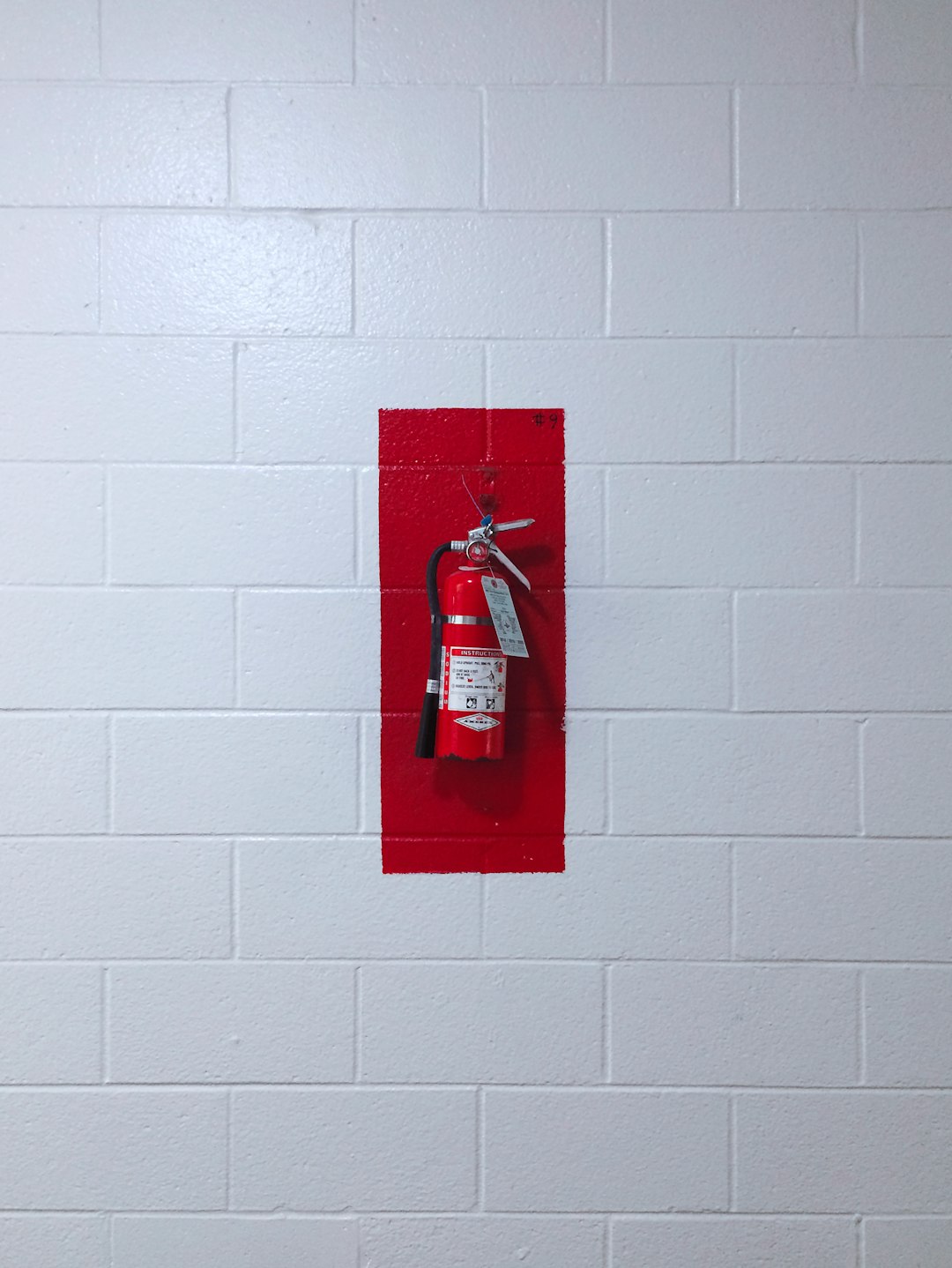
Traditional safes offer the best protection for your most valuable possessions, with modern options featuring fingerprint technology and fireproof capability. Security experts consistently recommend investing in a quality safe as the primary defense against burglary and fire damage.
Many professional-grade safes are independently certified fire-rated for 45-minutes at 1200°F by ETL, an internationally recognized certification body. You can mount these safes on a wall, use them as floor safes, or place them on a shelf, and they are pry resistant, which will keep the bad guys out.
Outside of storing your most precious valuables in a bank safe deposit box or secure storage facility, investing in a high-quality safe is a great place to start, and you should consider bolting your safe to a floor or wall for added security, including hidden safes like vent safes and safes built into the wall.
False Bottom Drawers and Hidden Compartments
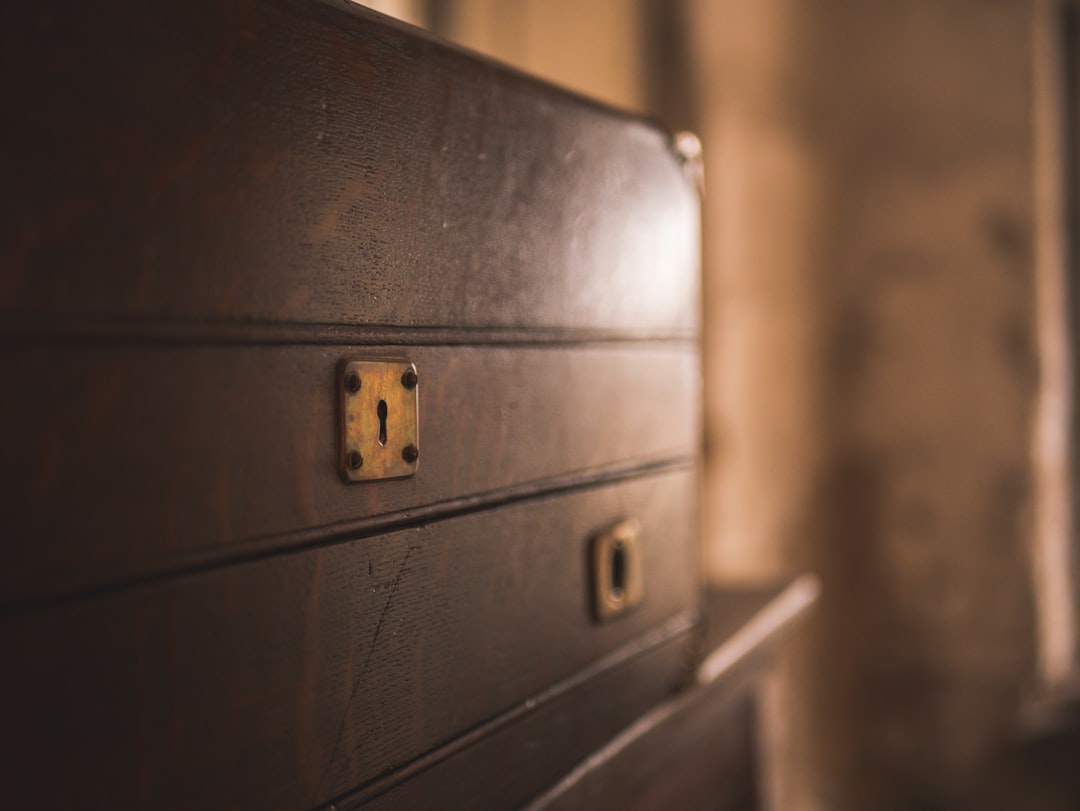
Making a false bottom drawer in your home can be a fantastic way to hide your valuables, by adding a thin, removable panel on top of the drawer bottom that lets you quickly transform one of your standard drawers into a secret storage place where you can store valuable items underneath.
Creating custom hidden compartments requires minimal carpentry skills but offers maximum stealth. The beauty lies in their invisible nature – even experienced burglars rarely have time to examine furniture construction during their typically brief eight to ten minute window.
You can cut a piece of thick cardboard to fit inside a cupboard along the back section to make it look like the authentic cabinet back, then easily slip valuable items behind the false back, remembering to make it look precisely like the actual back to avoid suspicion.
Basement Storage in Cleaning Supply Areas

Thieves aren’t going to come in and get under your kitchen sink to help you clean up the house a bit, making cleaning supplies area perfect for hiding valuables like a fake Comet cleaner tube that perfectly matches the real thing. Basement storage areas, particularly near utility equipment and cleaning supplies, remain among the least searched locations during break-ins.
The psychological factor works in your favor here – intruders associate basements with low-value items and maintenance supplies rather than precious belongings. Security experts note that most burglars focus their limited time on obvious wealth locations like master bedrooms and home offices.
Cluttered office rooms, storage attics, or laundry rooms work as areas that potential thieves wouldn’t think to look in, as they focus on defense areas that criminals wouldn’t notice. This makes basement cleaning areas particularly effective hiding spots.
Freezer and Refrigerator Hiding Spots
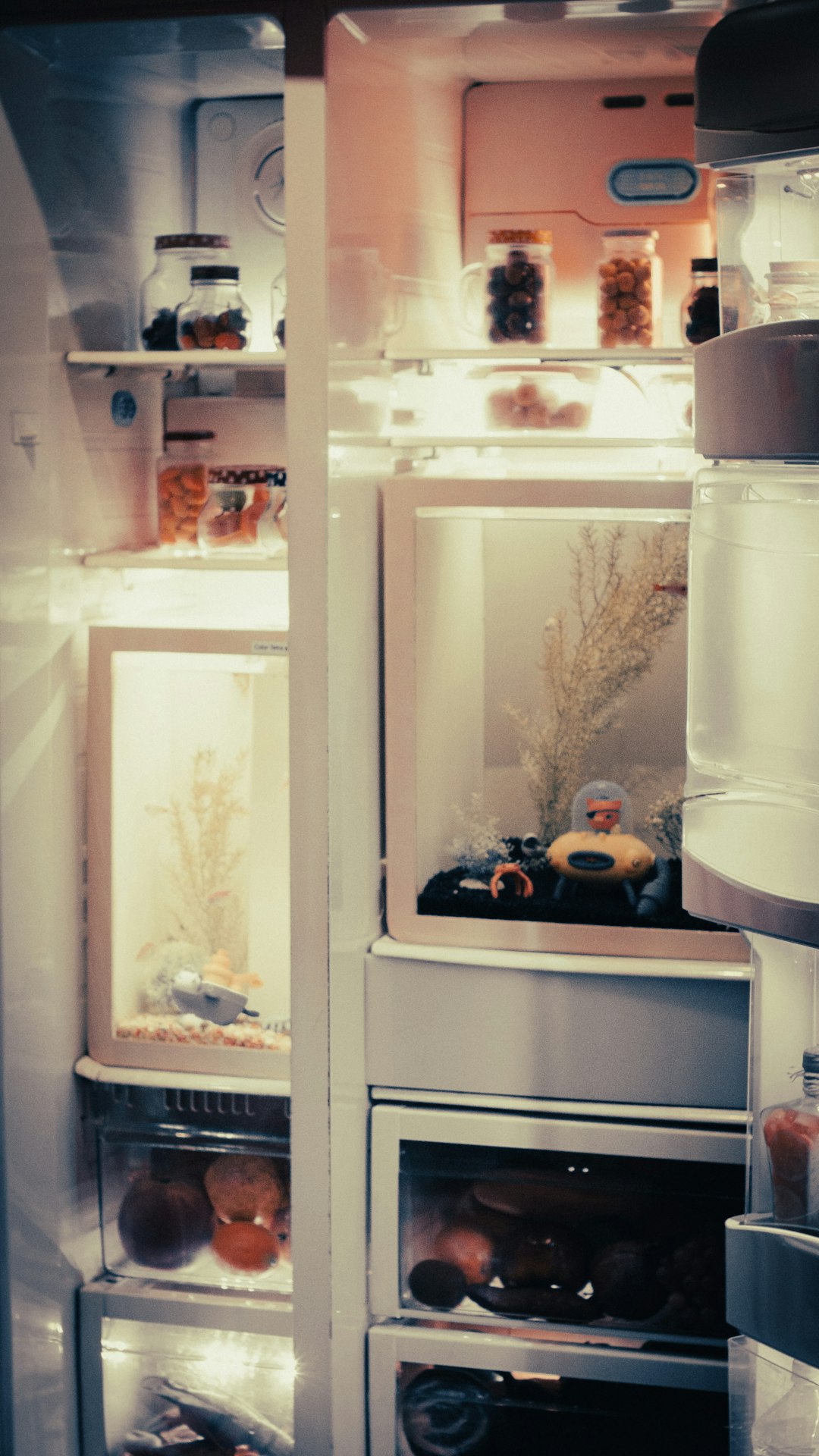
You can wrap valuables in aluminum foil and put them in the freezer with other frozen foods, as burglars probably won’t go through all the items in a freezer – just be sure the items can’t be damaged by the cold! This unconventional storage method exploits burglars’ tendency to avoid time-consuming searches of appliances.
The freezer method works particularly well for important documents, cash, and small jewelry items that can withstand cold temperatures. Many homeowners overlook this option, but security professionals recognize its effectiveness due to the unlikely nature of the hiding spot.
Refrigerator storage offers similar benefits, with the added advantage of easier access. Consider placing sealed, waterproof containers behind or underneath food items where they blend naturally with typical refrigerator contents.
Inside Potted Plants and Garden Containers

If you have some plants in your home, you can use those green decorations as a great cover to store valuables. Potted plants or planters are among the most normal sights in any home, so you can take advantage by purchasing a flower pot with a fake plant on top and simply lift it up to hide valuables in the secret compartment underneath.
If you don’t want to buy anything new, you can use one of your real plants by putting your money and valuables in a container then burying it inside a pot of soil – it’s very unlikely that thieves will spend their limited time uprooting your beautiful flowers to look for valuables.
Burglars rarely toss house plants, especially small ones, and plants make sense in any room from bedrooms to bathrooms, making it easy to blend in. This natural camouflage provides excellent protection while maintaining normal home aesthetics.
Behind False Backs in Furniture and Cabinets
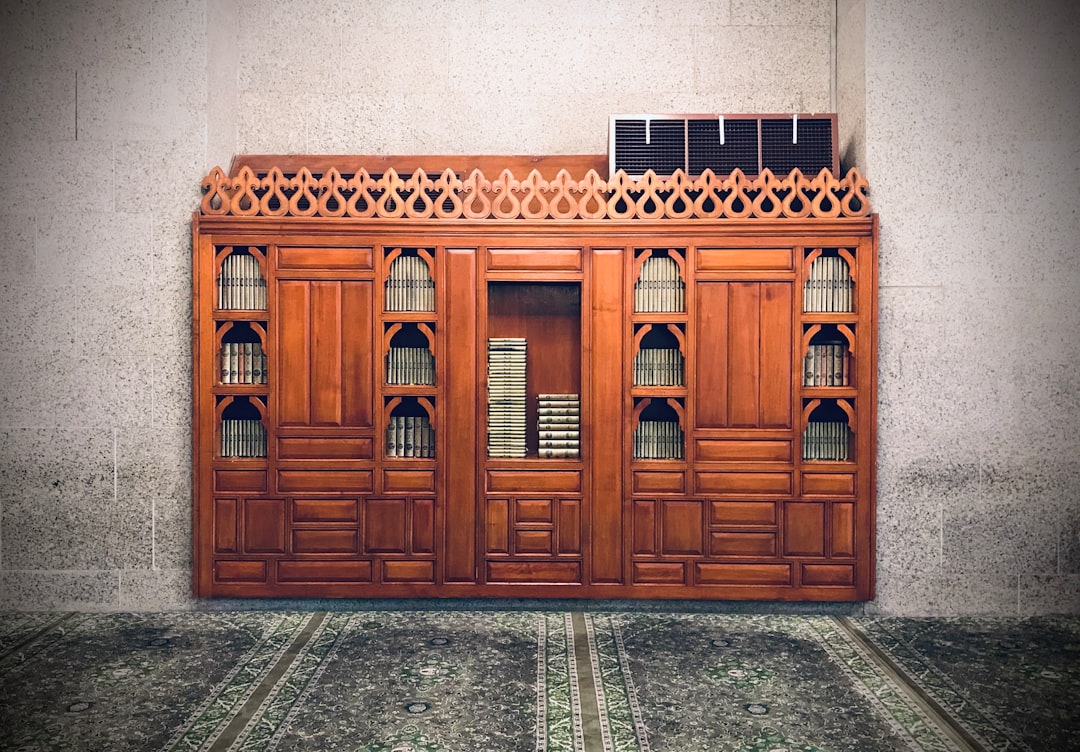
Professional security consultants frequently recommend utilizing the dead space behind furniture backs for valuable storage. This technique involves creating false panels that appear to be the natural backing of cabinets, bookshelves, or entertainment centers while concealing a shallow storage area.
The installation process requires measuring the interior dimensions carefully and cutting materials to match existing finishes. Most importantly, the false back must appear completely natural and integrated with the furniture’s original construction to avoid detection.
Unlike drawer modifications, cabinet backs offer larger storage areas suitable for documents, artwork, or multiple small valuable items. The technique works especially well with built-in furniture where alterations appear less obvious to casual observers.
Floor Safes Under Removable Flooring
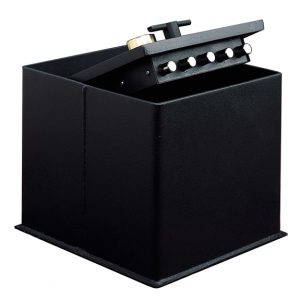
For those needing more space for safekeeping, larger capacity safes can be used as floor safes or, with included mounting hardware, secured to a wall or shelf for added security. Floor installation provides the ultimate in concealment and security when properly executed.
Installing a floor safe requires careful planning to avoid electrical lines, plumbing, or structural elements. The surrounding flooring material must be cut precisely to create a seamless appearance when the safe is closed and covered.
Security experts emphasize the importance of choosing locations that appear natural for foot traffic while remaining accessible for regular use. Areas under area rugs, beneath furniture, or in closets work particularly well for this application.
Inside Unused Electronics and Appliance Shells
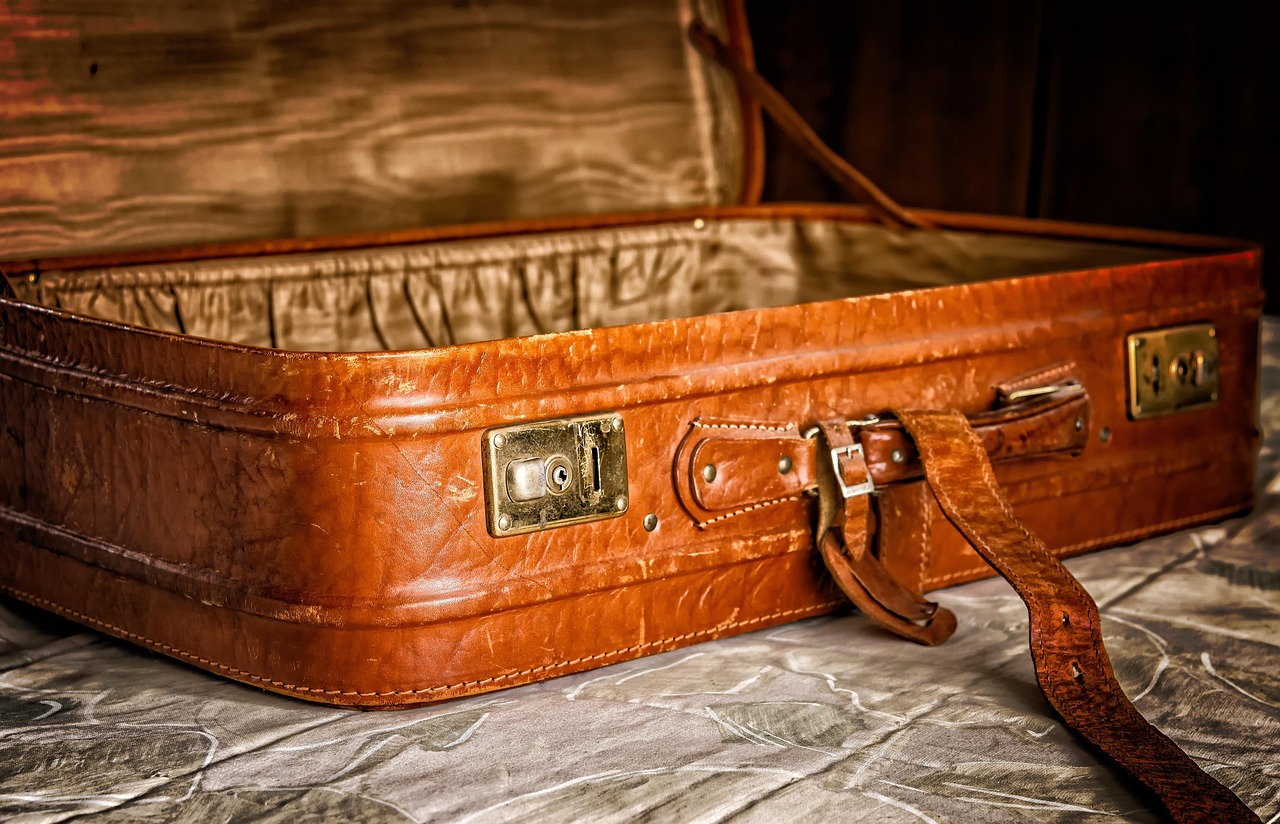
Old electronics offer excellent hiding opportunities because burglars typically seek newer, valuable technology rather than outdated equipment. Computer towers, old televisions, and non-functional stereo systems provide spacious interior compartments once their components are removed.
Diversion safes come in many shapes and sizes disguised as household items, with many being exact replicas because they are remanufactured from original containers, like soda cans that feel full of liquid and have tops that screw on and off. This same principle applies to larger electronics.
The key to success lies in maintaining the external appearance of functionality while gutting the interior for storage. Leave enough original components visible through vents or openings to preserve the illusion of a working device.
Ceiling Access Panels and Attic Entry Points
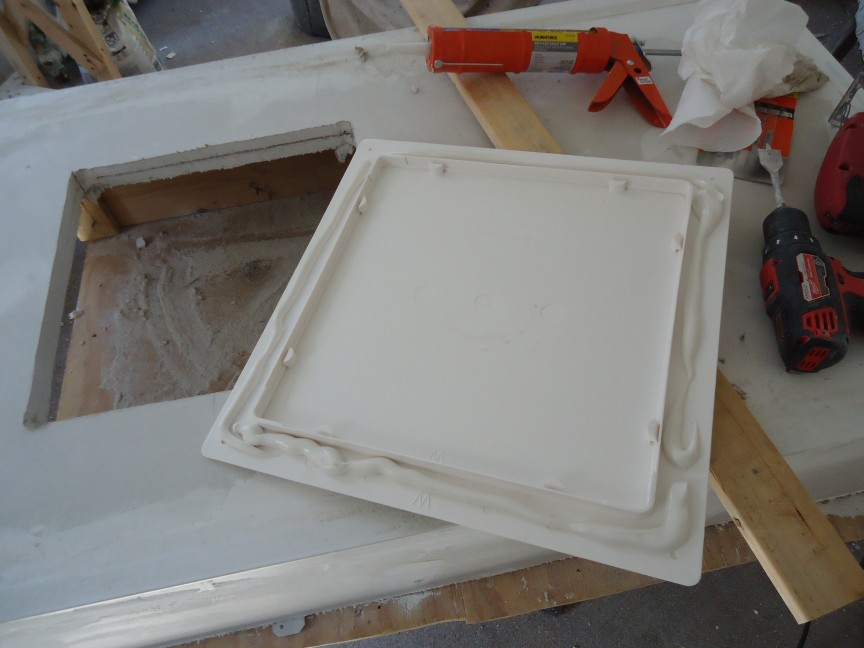
Ceiling storage exploits the simple fact that most burglars focus their search efforts at eye level or below. Access panels, particularly in closets or hallways, provide secure storage locations that remain out of sight and mind during typical break-ins.
Front doors, first-floor windows, and back doors are burglars’ favored entry points, accounting for 34%, 23%, and 22% of all burglaries respectively, often finding it easy to break in by exploiting hidden keys or walking through unlocked doors. This focus on ground-level entry points makes ceiling storage particularly effective.
Installation involves creating secure, weatherproof containers that can be safely suspended or placed on ceiling joists. The storage system must remain accessible through removable panels while maintaining the ceiling’s normal appearance from below.
Hidden Compartments in Everyday Books

If you have a lot of books filling your shelves, then a diversion safe in literary form isn’t a bad idea, with versions like ‘The New English Dictionary’ that feature a three-number combination lockbox. Book safes represent one of the most traditional and effective concealment methods available to homeowners.
A lucky burglar may find money stashed under the mattress, but they won’t have time to open every book on your bookshelf or scrutinize each can of soda stashed in your pantry. This time constraint makes book safes particularly reliable for protecting small valuables.
Professional book safes offer superior security features compared to homemade versions, including combination locks, magnetic closures, and precise cutting that maintains the book’s natural weight and feel. Choose titles that blend naturally with your existing library while avoiding obviously valuable or collectible books that might attract attention.
The reality is that approximately 2.5 million burglaries occur annually, leading to an estimated loss of $3.4 billion in personal property, though home burglary statistics show a downward trend with a noticeable 3.8% drop from 2022 to 2023. While these numbers might seem alarming, implementing multiple security layers using these expert-recommended hiding spots can significantly reduce your risk of becoming a victim. Remember, homes without a security system are 300% more likely to be burglarized, so consider combining these hiding techniques with modern security systems for maximum protection. Have you considered which of these methods might work best for your specific living situation?
